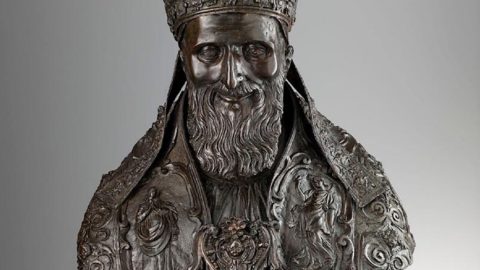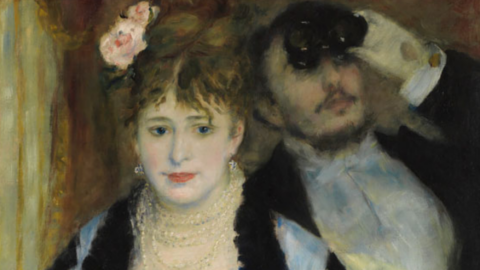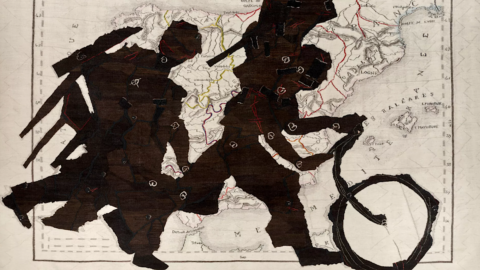Il bronze bust of Pius V, executed during his papacy (1566-1572), is a masterpiece of Roman portraiture from the third quarter of the XNUMXth century. He was stylistically influenced by Guglielmo della Porta, the famous student of Michelangelo. Among the very few sculptures depicting this Pope we can mention the colossal bronze statue of Pius V Blessing Francesco Nuvolone, in Pavia in front of the Ghislieri College, executed in 1691 after his beatification.
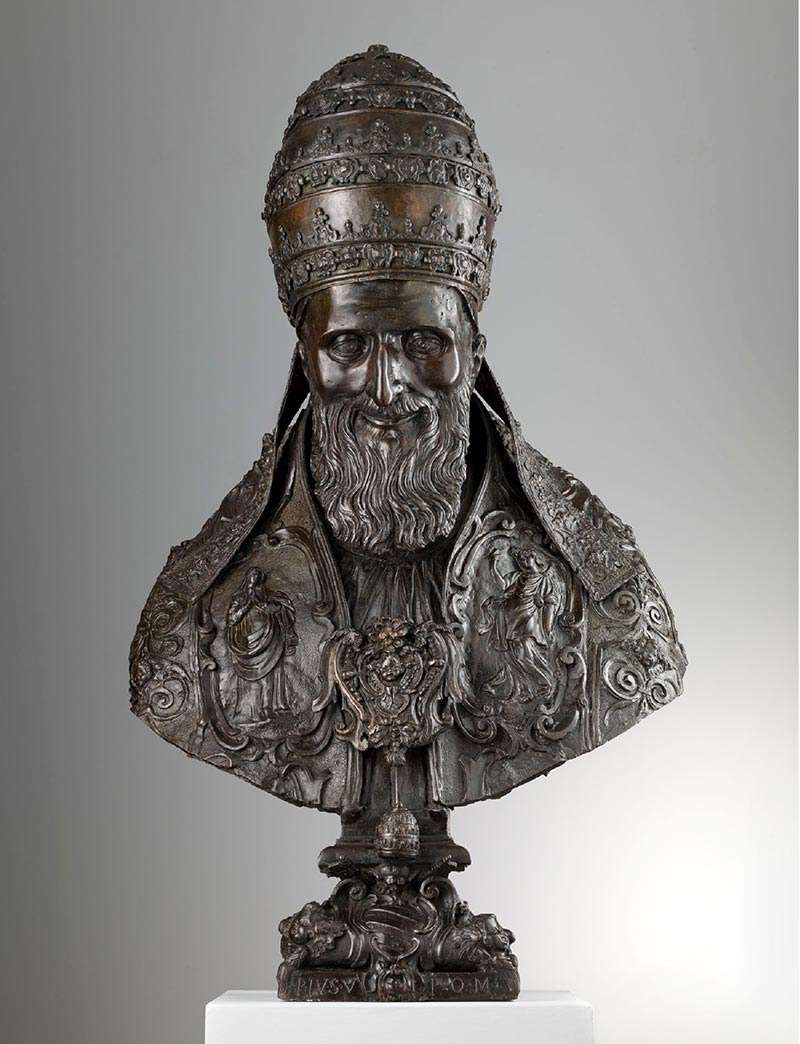
Pope Pius V, formerly Antonio Ghislieri (Bosco Marengo, 1504 - Rome, 1572), was a great Dominican theologian and inquisitor who actively worked to reform the church according to the dictates of the Council of Trent. Best remembered for his strenuous defense of Catholicism against heresy, it was the Pope who supported Mary Stuart's accession to the English throne by excommunicating Elizabeth I of England.
The second important work is the "Venus" by Giovanni Bonazza.
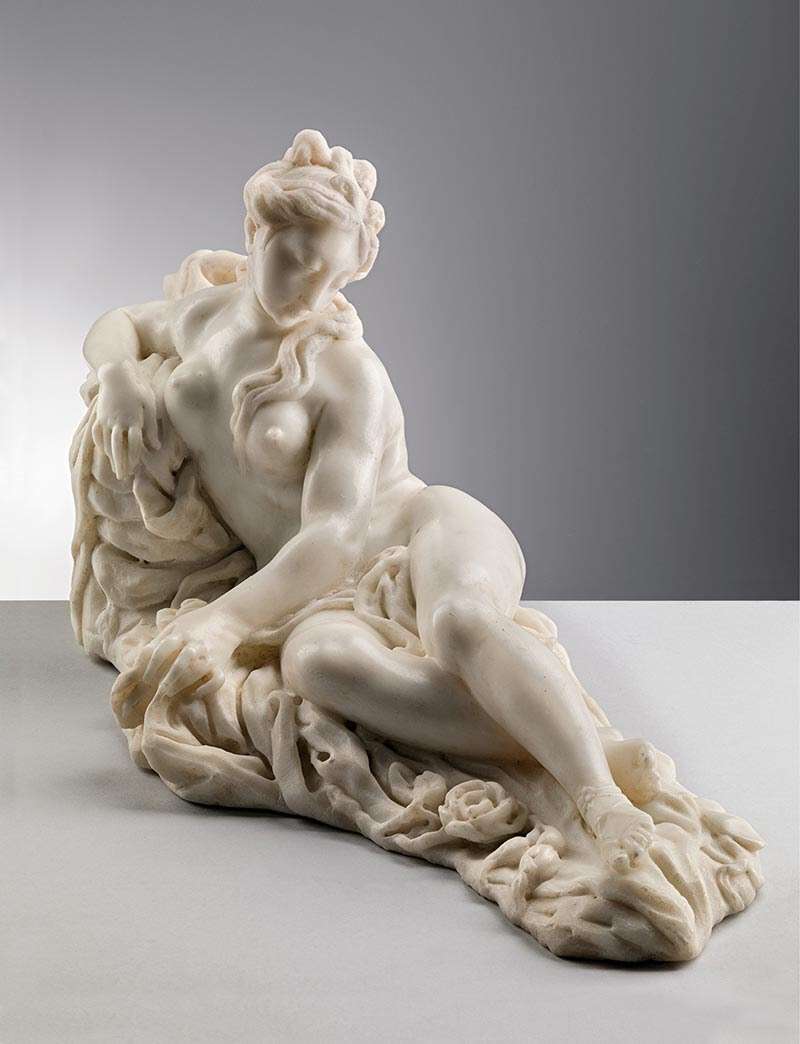
The sculpture is a valuable example of the pieces destined for educated private collectors during the 18th century: a female figure lying on a ground strewn with rosebuds, which stands out for its effervescent elegance and melancholic air, the typical stylistic characteristics of the artist. The sculpture in the round, with delicate limbs and a voluptuous pose, is one of the small and very fine marbles on mythological subjects destined for private collectors in Padua. These do not fall within the usual artistic production of Giovanni Bonazza, aimed mainly at the religious institutions of the city.
The sculptor achieves remarkable coloristic effects, inspired by Titian's Venetian Renaissance paintings, through the variegated treatment of the marble: the gleaming flesh appears to have been modeled in wax rather than sculpted, and naturalistic details are rendered using a serrated chisel and drill to create impressionistic effects .
We also point out two small bronzes signed and dated (1791) by Francesco Righetti which belong to the non-serial production of this great Roman bronze founder.
Peace and Justice are two of the four allegorical figures destined to decorate the table given to the Doge of the Republic of Genoa, Michelangelo Cambiaso (1791-1793), by the aristocratic families of the city on the occasion of his coronation. Executed using models by the Genoese sculptor Francesco Maria Ravaschio, the two figures, with unusual attributes compared to traditional iconography, are in the typical style of this artist, in which neoclassical composure is tempered by late Baroque echoes.

